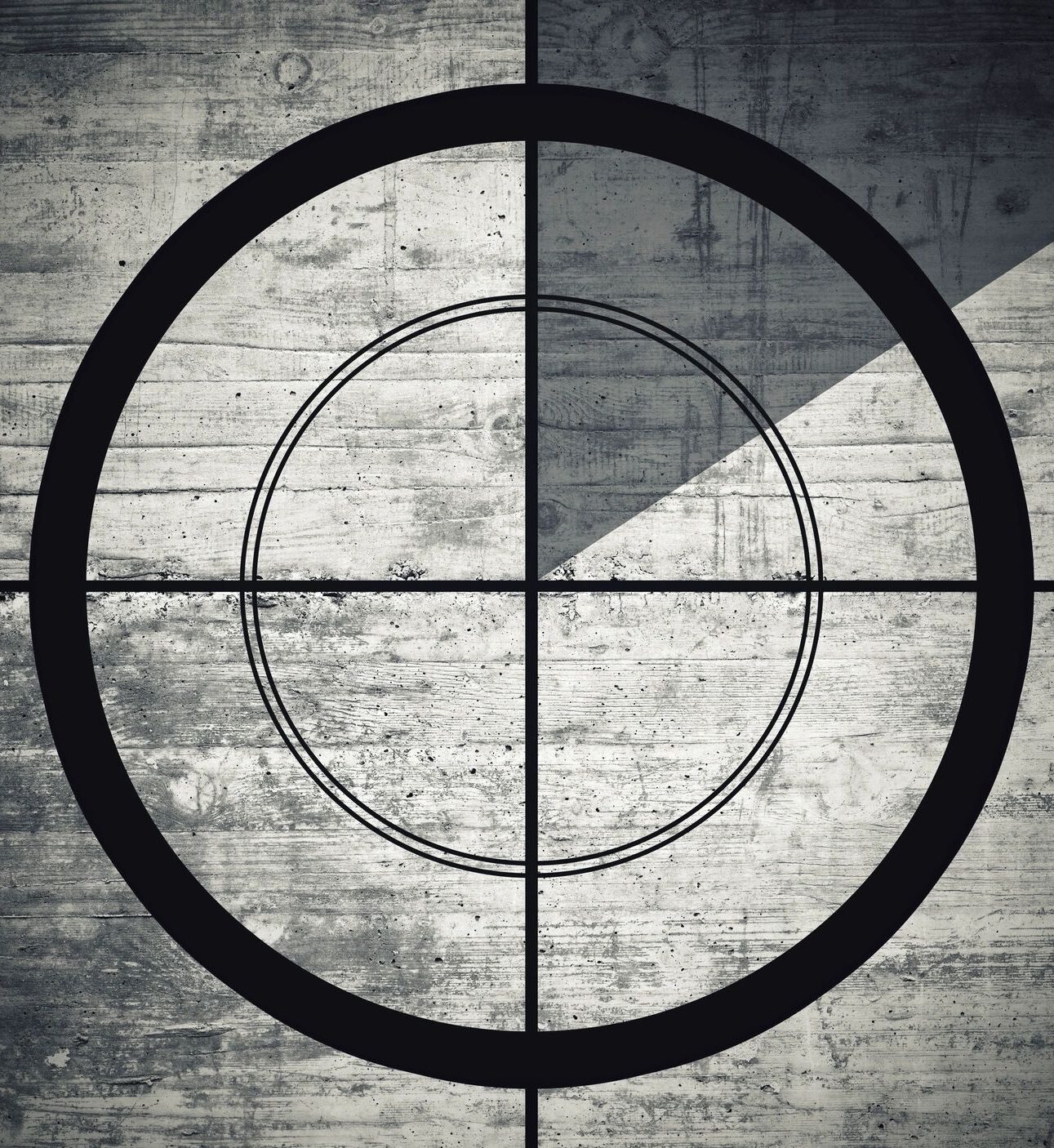Film photography, with its unique aesthetic and tactile experience, contrasts with the convenience and instant gratification of digital photography, each offering distinct advantages and disadvantages for photographers.
Film Photography:
- Pros:
- Unique Aesthetic: Film photography often produces images with a distinct look and feel, including natural colors, gradients, and tones due to the chemical process.
- Intentionality and Mindfulness: The limited number of shots per roll encourages a more thoughtful and intentional approach to photography.
- High Dynamic Range: Film can capture a wider range of light and shadow details, resulting in images with a greater sense of depth.
- Tactile Experience: The physical act of handling film and developing prints offers a unique and engaging experience.
- Durability: Physical prints are more durable than digital files, offering a tangible and long-lasting record of memories.
- Educational Value: Learning film photography can deepen your understanding of the technical aspects of photography.
- Cons:
- Cost: Film, processing, and equipment can be more expensive than digital photography.
- Limited Editing: There are fewer opportunities for post-processing and editing film images.
- Slower Process: The entire process, from shooting to developing, is slower than with digital photography.
- Technical Challenges: Film photography can be more challenging to master, requiring a deeper understanding of exposure and other technical aspects.
Digital Photography:
- Pros:
- Convenience: Digital cameras are easy to use and offer instant feedback, allowing you to see your images immediately.
- Cost-Effectiveness: Digital cameras are generally less expensive than film cameras, and the cost of shooting is lower.
- Flexibility: Digital images can be easily edited and shared.
- Instant Preview: You can preview your images on the camera’s screen, allowing for immediate adjustments.
- Large Storage Capacity: Digital cameras can store a large number of images, allowing you to shoot without worrying about running out of space.
- Ease of Sharing: Digital images can be easily shared online or printed.
- Cons:
- Potential for Over-reliance on Technology: The ease of digital photography can lead to a less intentional approach to image-making.
- Image Quality: The quality of digital images can vary depending on the camera and settings used.
- Loss of Data: Digital images can be lost if the storage device is damaged or lost.
- Potential for Digital Distractions: The ease of editing and sharing can lead to a focus on quantity over quality.
Which is better?
Ultimately, the “better” choice depends on your individual needs and preferences. If you value a unique aesthetic, a more intentional approach to photography, and a tactile experience, film photography might be the right choice for you. If you prioritize convenience, cost-effectiveness, and flexibility, digital photography might be a better fit.
